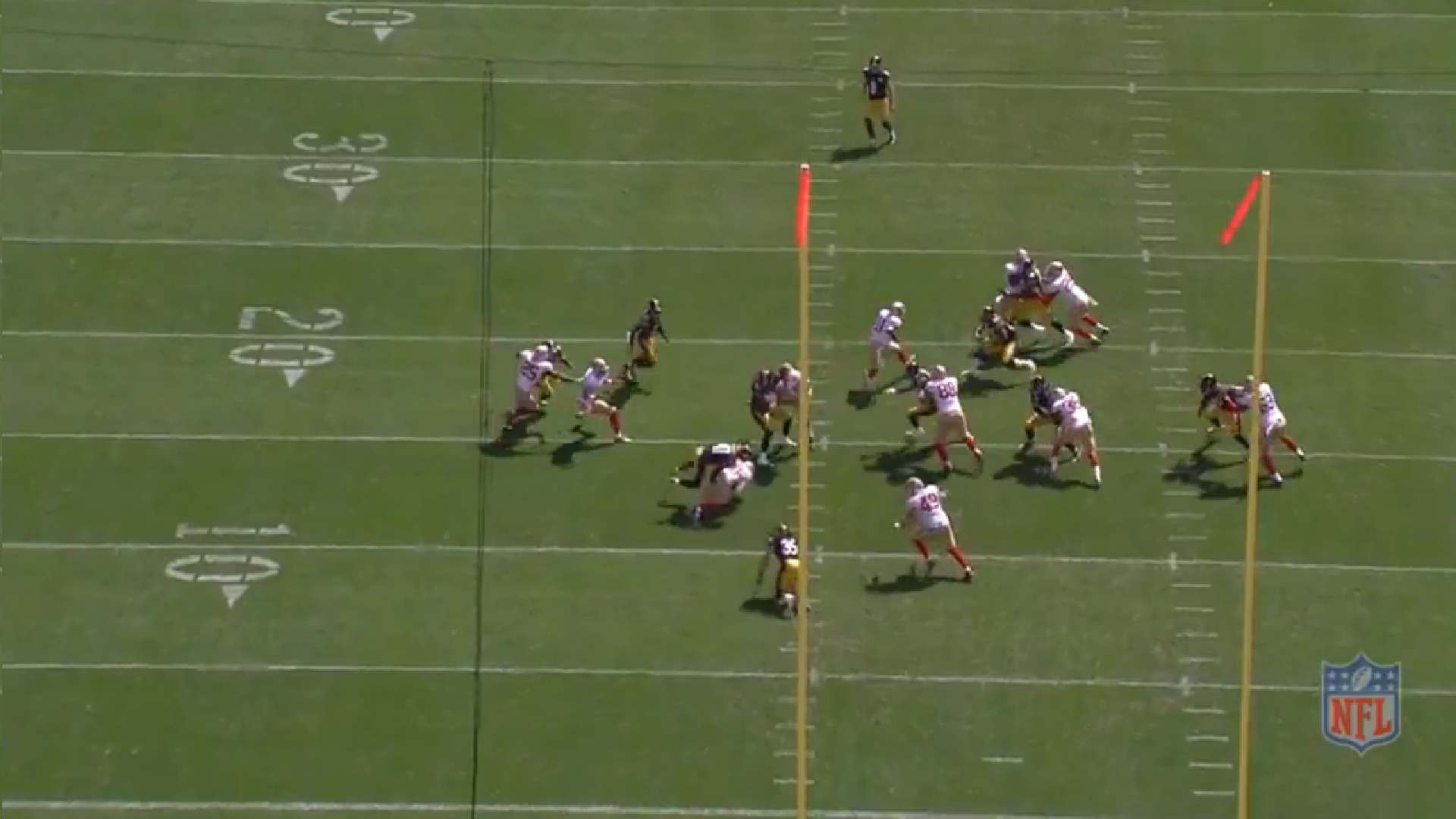Every year, the NFL looks just a little bit different because of the new rules, and rule tweaks, that the league decides upon during the Owners Meetings that take place during the offseason. There have been some significant changes passed this year, including the full banning of all chop blocks from the game, a rule the Pittsburgh Steelers and team president Art Rooney II were fully in support of.
There is another rule behind which Rooney threw his weight, however, that I’m not sure makes so much sense. And there was far from consensus on the matter, as evidenced by the fact that it is only being adopted on a one-year trial basis. During the 2016 season, touchbacks from free kicks (e.g. kickoffs and safety kicks) will result in the receiving team being awarded possession at its own 25-yard line, rather than the 20-yard line.
The ostensible motivation behind this is to further encourage player safety by theoretically reducing the number of kickoffs that the receiving team chooses to return, the logic being that there will be fewer instances of kickoffs in which the returner will believe he can advance beyond where the touchback would be awarded.
Reportedly, this rule adoption—which has been implemented in college football a few years now, during which they also moved the kick point from the 30-yard line to the 35-yard line—is not something that many head coaches favored, and I personally feel that that will be reflected in the way that teams play the kickoff.
I believe the rule change will in fact result in more returns, because I believe that more teams will less often strive to record a touchback in situations other than when they absolutely want to minimize the chance of a long return, believing that they can record a stop in advance of the 25-yard line.
Over the course of the 2015 season, the league saw 2627 total kickoffs, and those kickoffs produced 1470 touchbacks, which is roughly a figure of a touchback on 56 percent of all kickoffs over the course of the season.
It may not surprise you to learn that the Steelers were toward the bottom of the league, recording touchbacks on just 38 of 94 touchbacks—and 12 out of 20 kickoffs were contributed by Josh Scobee. Chris Boswell recorded only 26 touchbacks on 74 kickoffs.
In reality, it would make sense for the Steelers more than most teams to favor this rule change, but not under the auspices of creating more turnovers—rather, the aim would be to create fewer of them. Pittsburgh was in the top 10 of the league in allowing an average return of 22.2 yards. More than half of the league allowed an average return off of kickoffs of less than 25 yards.
Let’s just take the Ravens as a cursory example, who led the league with a touchback percentage of 85.1. In spite of that absurdly high ratio, they still managed to allow a starting field position of the 25.4-yard line.
If you do the math, the Ravens recorded 63 touchbacks on 74 kickoffs, meaning that on 63 kickoffs, the opposing team started at the 20-yard line. You get roughly 1260 total ‘return’ yards via touchbacks, but they also allowed nine kickoffs to be returned for roughly 228 yards. In the 72 kicks accounted for, that works out to an average starting field position allowed of 20.7.
The yards given via kickoffs would jump up to 1575 yards if awarded at the 25-yard line, and would work out to an average starting field position allowed of 25.1. This makes terrible sense from the kicking team’s perspective. The owners seem to be thinking strictly from the return team’s perspective, but I believe teams will be more focused on setting up kicks that they can stop inside the 25-yard line rather than settling for touchbacks.








